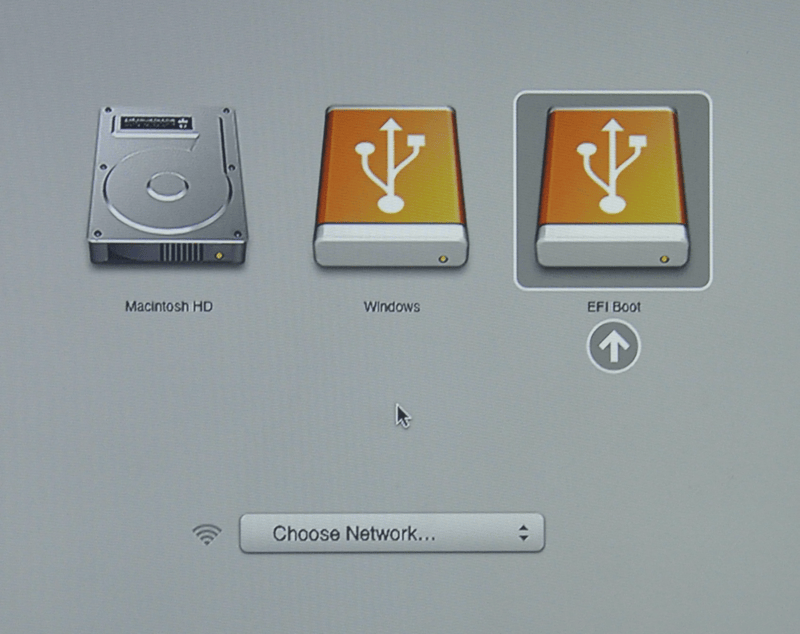
- #CAN I BOOT KALI LINUX ON A MAC HOW TO#
- #CAN I BOOT KALI LINUX ON A MAC INSTALL#
- #CAN I BOOT KALI LINUX ON A MAC UPGRADE#
- #CAN I BOOT KALI LINUX ON A MAC PRO#
When Kali Linux is installed, rEFInd can be customized to hide or delete completely. It also has the advantage of helping older devices boot from USB. Requires installation of Kali Linuxīy using rEFInd third-party software (a branch of rEFIt), we can open the boot menu used in Apple's OSX. This tutorial will show you dual OSX booting with Kali Linux using rEFInd and Kali Linux partitioning options. REFInd preinstallation can also increase the success rate on older devices. Modeling the device will determine the level of success when users experience with newer devices.
#CAN I BOOT KALI LINUX ON A MAC PRO#
This additional feature simplifies the process of installing and running Potassium on various Apple MacBook Air, Pro and Retina models.
#CAN I BOOT KALI LINUX ON A MAC HOW TO#
The General Use section has more information and you can also find tips on how to get the most out of Kali Linux in our User Forums.Since the release of Kali Linux 1.0.8, Kali Linux supports adding EFI. Now that you’ve completed installing Kali Linux, it’s time to customize your system. Switch from GPT drive to Hybrid MRB drive (using the Live image may help).Switch from EFI to BIOS boot when trying to boot Kali Linux.If you’re using a DVD, refresh rEFInd once the drive has stop spinning by pressing ESC.
#CAN I BOOT KALI LINUX ON A MAC INSTALL#
Install rEFInd boot manager to replace the default boot manager.
#CAN I BOOT KALI LINUX ON A MAC UPGRADE#
Install the latest version of macOS/OS X ( App store, Recovery or USB) and applying any updates as this may upgrade the firmware.

If you have issues installing Kali Linux on macOS/OS X, there are a few options you can try: The installation procedure from this point onwards is the same as our Kali Linux Hard Disk install guide.Īfter that is complete, all that is left is to reboot, take out the installation media, and enjoy Kali Linux. The success depends on the Mac hardware’s model & year. However, if the installation hangs at this point, power cycle and select Windows (Being Kali Linux non-EFI/BIOS). We suggest that you select the EFI Boot volume to continue. You may wish to install rEFInd, as it is a boot manager, and try again.Įven though Kali Linux is based on Debian, macOS/OS X always detects non-EFI boot media as Windows. This could be because the age of the firmware on the device. If you only see one volume (EFI Boot), then the installation media is not supported for this device.


This is true for Linux in general, not just Kali Linux. T2/M1 chips) do not run Linux well, or at all.


 0 kommentar(er)
0 kommentar(er)
